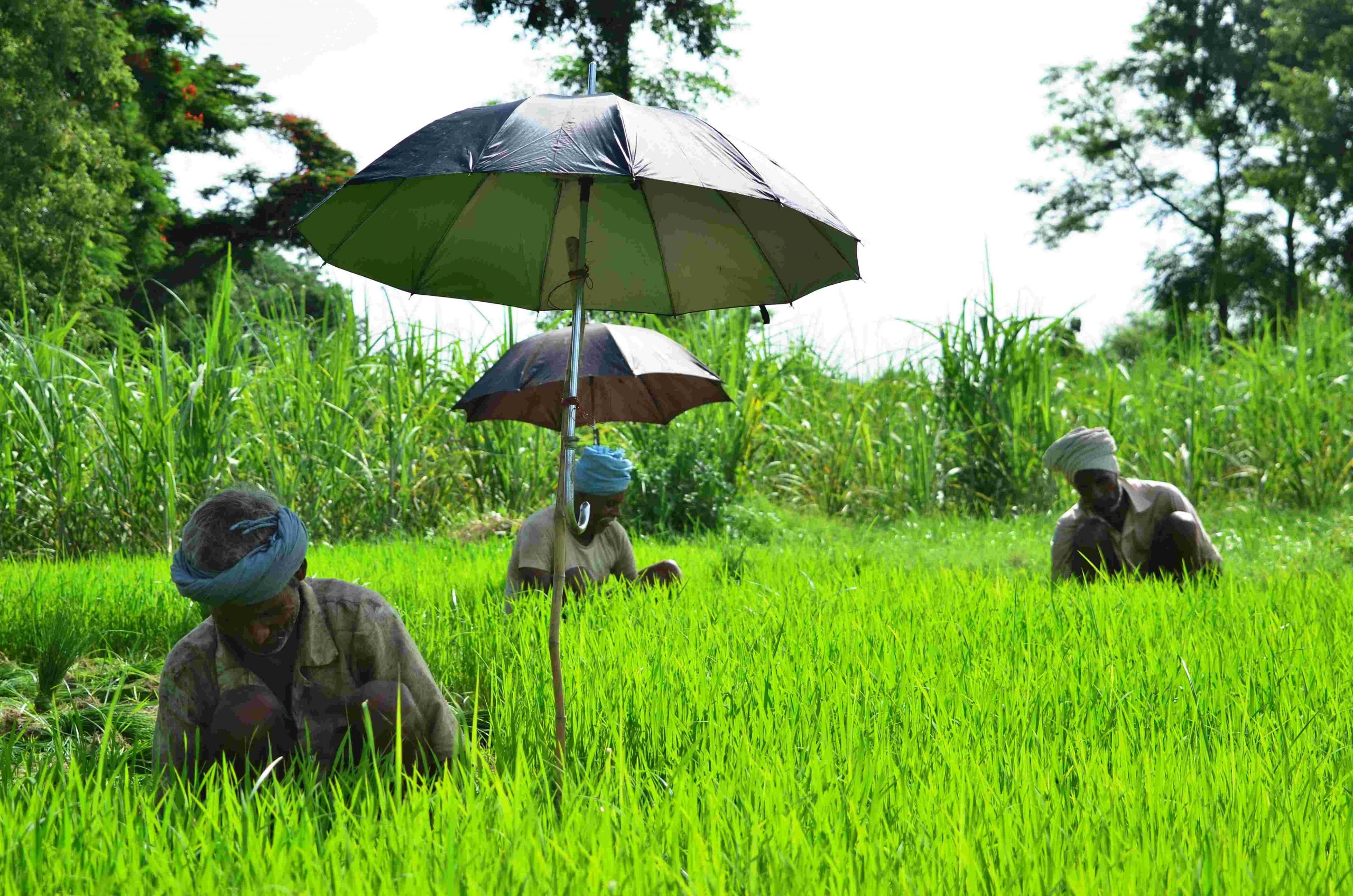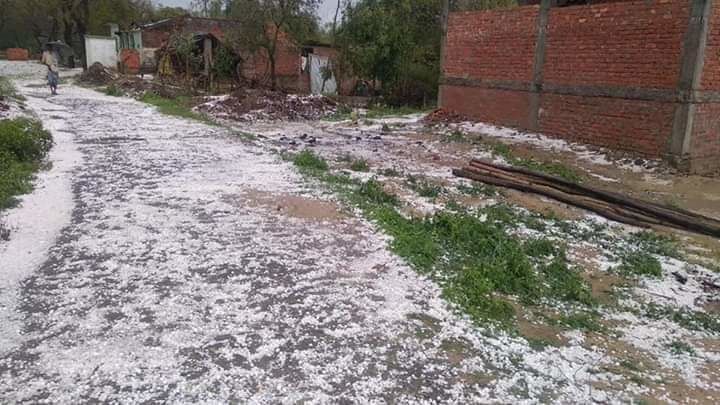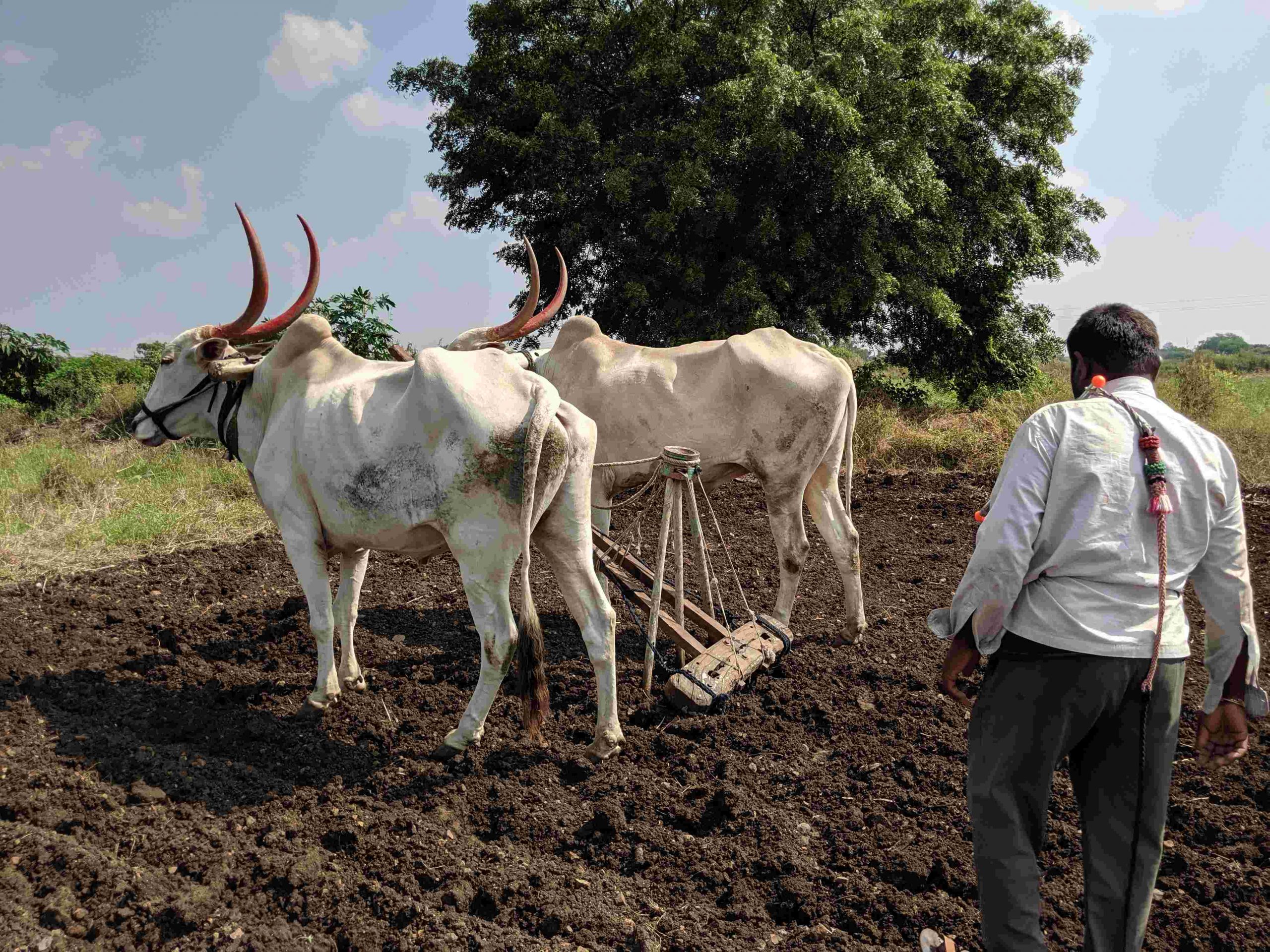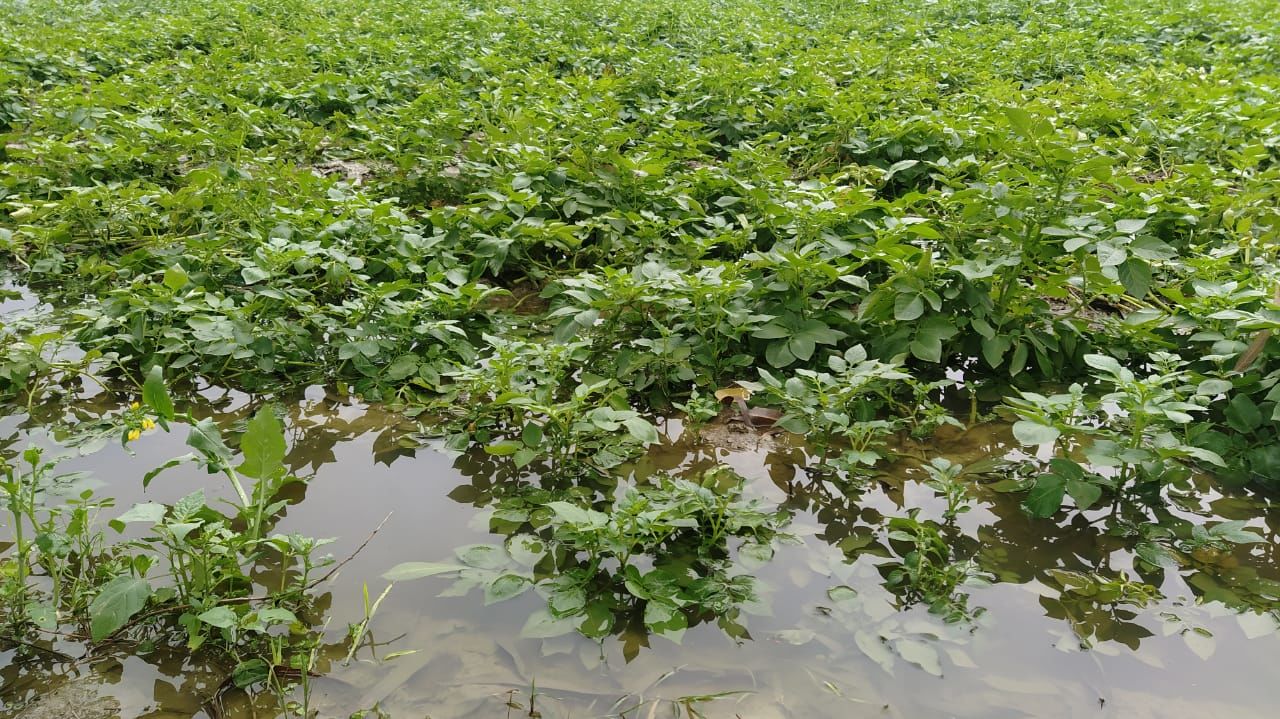The recent spell of unseasonal rain brings the focus back on the Pradhan Mantri Fasal Bima Yojana
Amended recently by the government, the scheme provided for compulsory crop insurance to farmers. Now, from the forthcoming Kharif season, insurance under the scheme has been made voluntary


The recent unseasonal rains, strong winds and hailstorm across North India have caused vast damage to the crops. At the time of harvesting of Rabi crops and arrivals in the market, there have been reports of large-scale loss of crops like wheat, mustard, gram, potato etc. This year, farmers had expected a good crop and better prices, but prevailing weather situations have instead brought a ruin to their crops and left them worrying about assessment of damage and proper insurance relief, payment of loss claims and compensation. These circumstances have brought the Pradhan Mantri Fasal Bima Yojna to highlight yet again.
The new scheme was announced by the central government in 2016-17. The scheme provides to compensate for economic damage caused by either disruption of sowing due to adverse weather or the crop wastage due to drought, floods, storms, hailstorm etc. Out of the total 14 crore hectares of agricultural land in our country, about 55 per cent of the acreage is non-irrigated. On an average, 1.25 crore hectares of crops are subjected to natural calamity every year. This affects the income and livelihood of crores of farmers. In 2018-19, 5.64 crore farmers had been registered under the scheme insuring crops across 30% agricultural land worth Rs 2.35 lakh crore.
Although a commendable scheme, it has already been amended by the central government recently following a number of complaints of its shortcomings. Prior to these amendments, the scheme provided for compulsory crop insurance to the farmers who have taken institutional loans. In this regard, the farmers had complained that they were being forced crop insurance needlessly and also that the amount of premium got deducted from their account without any notice. They alleged that they were not even aware of their crop insurance, or given any insurance papers or insurance policies. So, despite the farmers ‘ insurance, they were often kept deprived of its benefit.
Now, from the forthcoming Kharif season, insurance under the scheme has been made voluntary. This has made a major improvement in this scheme by the government. But, out of the total number of farmers registered under this scheme, about 58 per cent are the indebted farmers. Now, the government has to ensure that the insurance companies do not unnecessarily hike their premium if the number of participating farmers in this scheme should fall due to insurance being made voluntary.

Under the scheme, two per cent of the insurance amount for kharif season crops, 1.5% for Rabi season crops and 5% for commercial and horticultural crops is payable by farmers as premium. The remaining premium amount has to be borne equally by the state and the central governments. In this matter, the Central government has now made a further improvement and decided to limit the premium amount of its share to a maximum premium of 30% for non-irrigated areas and a maximum of 25% premium for irrigated areas. For example, earlier, if there had been an insurance of Rs 1 lakh for a crop in a non-irrigated area and a premium of 40 per cent, the premium amount would have been Rs 40,000. Out of this, the farmers would have to give Rs 2,000 as two per cent of the insurance amount of Rs 1 lakh and the remaining Rs 38,000 would have been paid by the central and state government equally, that’s Rs 19,000-19,000 to the insurance company.
But now the Central government has decided to participate equally up to only 30 per cent, so although the farmer has to pay Rs 2,000 as before, the central government shall pay only Rs 14,000 whereas the state government will have to pay the remaining Rs 24,000. This means that the Central government shall now bear a maximum of 14% premium amount which used to be unlimited earlier.
The average premium of crops at the national level in 2018-19 was about 12.32 per cent. In view of this, the even the 30 per cent premium limit is adequate to provide good cover to most of the crops under it. There may be occasional higher premiums due to certain unavoidable reasons, but the Central government’s decision to cap the premium to a limit will also curb the tendency of companies to charge exorbitant premiums. By giving compulsory insurance to the indebted farmer, the companies were also able to get a large amount of premium even from low risk crops. But now it being voluntary, only those farmers will opt for insurance whose crops will have real risk. That is why the companies will now operate in this area only after due consideration.

As another reform, the Central government has now facilitated insurance by looking at risk factors as per individual areas and crops. Now, farmers can take insurance for the calamities that are more likely to cause damage in their area. For example, areas where flood outbreaks are more likely to occur, but little of drought can opt only for flood insurance. So, they need not take insurance and bear premium for each risk factor and due to the lesser risk factors the amount of premium payable shall gone down as well.
The speedy assessment of loss of crops and speedy payment of claims are very essential to the farmers at the time of calamity. But the insurance companies neither accurately assess the claims nor pay the claims in time. This often aggravates further the losses due to crops. For example, recently, several ready to harvest potato fields were swamped with rain water. Now, if the farmers wait for the official assessment of loss of potato, the crop will rot in the ground aggravating the damage. If digging is done before the survey, the damage will not be assessed properly. The government has now made a provision for speedy assessment of crop losses and for use of state-of-the-art technology for payment of claims. For this to be effective, the result of crop harvesting experiments and yield results will have to be transparent. All its provisions and also the conditions for payment of insurance claims must be made available, in writing, to the farmers in the local language. The insurance policy should be made available to the farmers on the website and through other electronic means.

The Central government has increased the share of its premium payment amount from 50% to 90% to promote crop insurance in the North-Eastern States. Firstly, this will not put a very high economic burden on those states and secondly, the benefit of crop insurance would reach to most of the farmers. In addition, the government will also prepare separate plans for high risk and high premium areas and crops in consultation with all stakeholders.
Some state governments delay the premium payment of their share to insurance companies. Because of this, the farmers are not able to receive their loss claims. Now, while reforming this, the government has also stated the last date for premium payment for the Kharif season by March 31 next year and September 30 next year for Rabi season. It will be mandatory for the state government to pay by this date, failing which the scheme will not be implemented in the defaulting state from next season. This provision is expected to enable the farmers to receive their claims in time.
The Pradhan Mantri Fasal Bima Yojna has paid a total premium of Rs 76,331 crore to the insurance companies in three years, between 2016-17 to 2018-19. Insurance claims worth Rs 60,000 crore were paid to farmers during this period. The figures for payment of premium and claims are indicative of the scheme’s success contingent upon its effective execution.
(The author is the president of Kisan Shakti Sangh)

